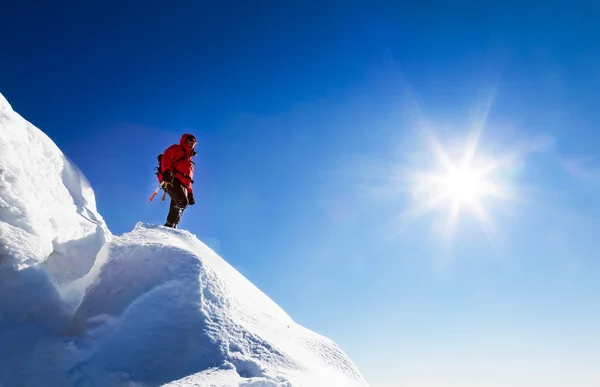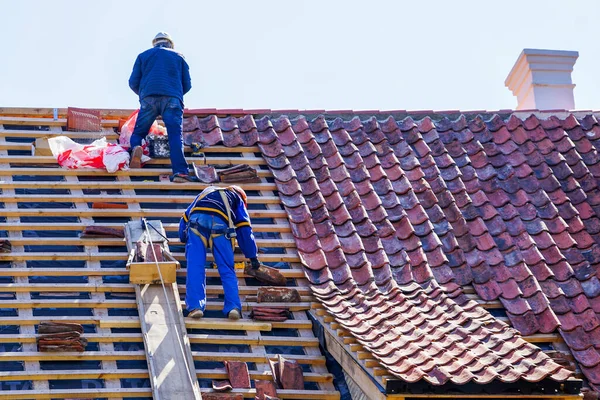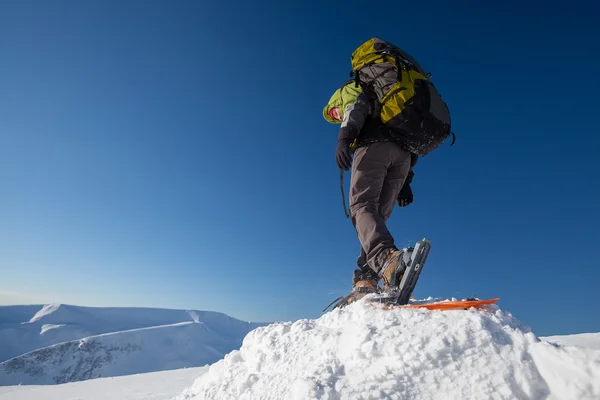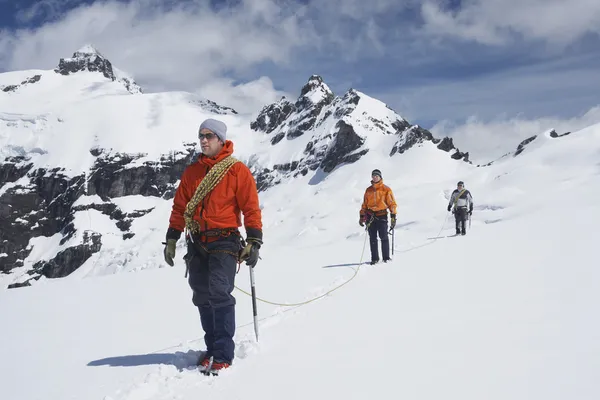Climbing alone is an exciting endeavor but it can also be dangerous if you’re not prepared. Being aware of the risks and following these safety tips will help you have a safe enjoyable adventure!
Having a backup plan is crucial for mountain climbing. The weather can change a route may take longer than expected or something else unforeseen might happen.
1. Belay With Care
Getting distracted or making a mistake while belaying can have catastrophic consequences. It’s important to be able to focus on the climber and to take their commands seriously. Belay errors, like not locking the carabiner or providing too much or too little slack, are common and can lead to serious injuries.
It’s also important to double-check all the safety equipment before starting a climb, including a personal locator beacon and satellite phone. Having reliable two-way communication ability can save your life in an emergency situation.
2. Wear the Right Gear
Climbing can be dangerous, but solo climbing is even more hazardous. Falling, getting lost and other issues can lead to serious injuries or even death.
Wearing the right gear is essential for mountain climbing safety. Always check your equipment before your climb, and make sure the harness buckles are doubled back. You should also wear a helmet to protect yourself from head injuries in case you fall. It is also important to carry a first aid kit and other emergency supplies.
3. Leave No Trace
Climbing is an intense exercise that requires physical preparation and the right gear. But it also involves a deep understanding and respect for nature. That’s why the Center for Outdoor Ethics promotes “Leave No Trace” principles – which include following camping regulations, respecting wildlife, minimizing campfire impacts, disposing of trash properly and leaving what you find.
Whether you’re planning to climb on your own or with a partner, always let someone know where you’re going, and when you expect to be back. This will help ensure that you can be rescued if something goes wrong.
4. Be Prepared for Weather
Climbing is a dangerous sport, and even experienced climbers can get stranded on a mountainside in poor weather conditions. This can lead to serious injuries or death.
Be sure to monitor weather forecasts before and during your climb. If you notice that conditions are unfavorable, be prepared to reschedule your expedition or return another day.
Also, be sure to bring adequate clothing for all possible weather conditions. In cold weather, it is especially important to stay dry so you don’t risk hypothermia.
5. Stay on the Rope
Climbing is a high-impact activity, and falling on a rope can cause serious injury. It is important to practice safe falling techniques and use a backup rope when climbing solo.
Research suggests that during a fall climbers should grab the rope with their feet and hands to minimise the impact on the body and head. This may help to avoid a flipped over position that can lead to lumbar hyperextension.
6. Don’t Climb if It’s Raining
Climbing in the rain is an incredibly dangerous activity. It increases the risk of falls, rockfalls, and getting lost in remote locations. To minimize the risks, solo climbers should avoid climbing if it’s raining.
Rain can make any route much harder to climb, especially if it’s slick and slippery. Wet rock also provides dramatically less friction than dry rock.
Climbing in the rain can be extremely dangerous, even for experienced climbers. Be sure to plan ahead, bring a first aid kit and tell someone where you’re going.
7. Bring a First Aid Kit
Climbers need to be able to survive if they become stranded or injured. This is why a first aid kit is non-negotiable, and should include things like bandages, antiseptic ointment, pain medication, and any other personal medications the climber might require.
Other safety tools that climbers should consider bringing with them are strobe lights and signal panels for use in emergency situations, which help to attract the attention of rescue teams. It is also important to bring a waterproof map and compass.
8. Don’t Climb if You’re Unfit
Climbers should train in order to increase their strength, endurance and balance. This helps to prevent injuries and allows them to climb more efficiently.
One of the biggest risks of solo climbing is falling, which can result in serious injury or death. It’s important for climbers to have a safety plan in place, including checking in regularly with a contact and carrying emergency supplies. They should also be familiar with climbing signals and have a system for communicating with others in the event of a problem.
9. Don’t Climb if You’re Unprepared
Climbing solo if you’re unprepared can lead to serious injuries or death. Falling is the main danger, but getting lost or stranded could also be deadly.
Only experienced climbers should attempt a free solo climb. Make sure you have the proper equipment, know your climbing limits, and leave a detailed itinerary with someone.



